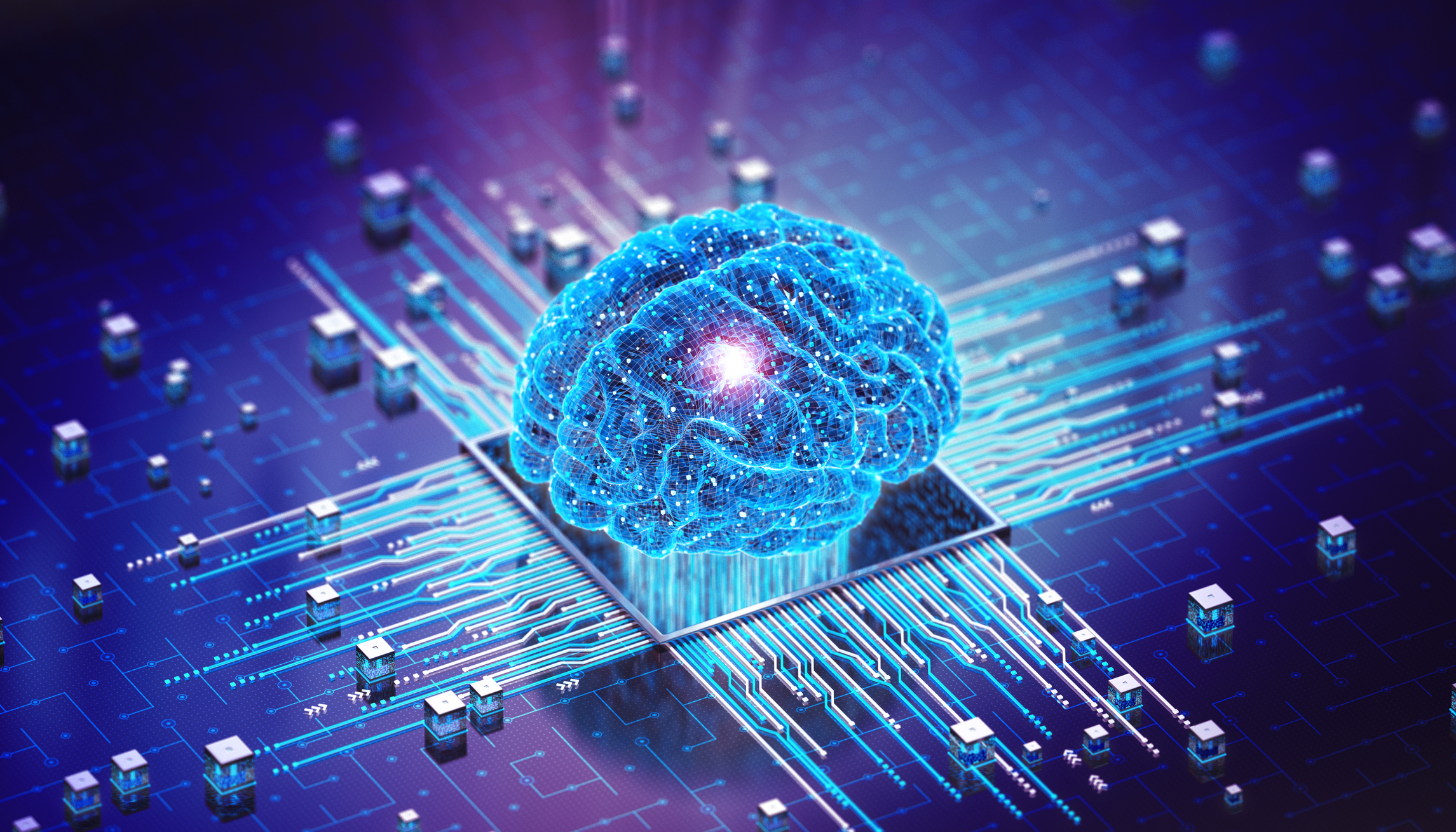Report reveals the tech jobs worst hit by generative AI automation
Some roles could face as much as 26% of tasks being automated, although humans likely to remain an 'essential part of the workforce'


IT roles are set to be among the most impacted by the adoption of generative artificial intelligence, despite the technology having the potential to add £31 billion to the UK’s annual output.
Out of the top four roles that will see a more than 20% share of tasks being automated, two are occupied by programmers and IT support technicians, a new report from KPMG has found.
Authors, writers and translators fared the worst, with a 43% share of tasks potentially automated. However, as much as 26% of the tasks performed by programmers and software developers are at risk of being automated by generative AI, while 23% of tasks are at risk for IT user support technicians.
“While we do not anticipate many job losses as a result, changes to work practices of some occupations could still lead to short-term skill mismatches,” according to Yael Selfin, chief economist at KPMG UK.
RELATED RESOURCE

The adoption of the technology would, however, add as much as 1.2% to the level of UK output, or about £31 billion in terms of 2022’s figures.
Generative AI refers to a field of research where content appears to be “generated” based on patterns detected in a vast store of data. While the result might appear to be novel, it is derived from existing data.
Get the ITPro daily newsletter
Sign up today and you will receive a free copy of our Future Focus 2025 report - the leading guidance on AI, cybersecurity and other IT challenges as per 700+ senior executives
The technology has emerged in the major search engines, such as Bing, and also turned up in GitHub Copilot, where natural language prompts are turned into coding suggestions.
Generative AI has since evolved with GitHub Copilot X to include support for pull requests and “context aware conversations with your copilot” for problem solving and even fixing errors.
| Job category | Share of tasks automated |
|---|---|
| Authors, writers, translators | 43% |
| Programmers and software development professionals | 26% |
| Public relations professionals and communications directors | 25% |
| IT user support technicians | 23% |
| Graphic designers | 15% |
| Personal assistants and other secretaries | 11% |
| Legal professionals | 11% |
| Business and related research professionals | 10% |
Reassuringly, the report says that “humans will likely continue to be an essential part of the workforce”. However, the automation possible through generative AI does lend itself to creative and non-routine tasks, meaning an impact on IT roles.
Thanks to tools such as GitHub’s Copilot and Amazon’s Code Whisperer, writing code has become easier, and KPMG’s report notes that producing documentation also stands to benefit from the application of AI.
However, KPMG also cautions that tasks such as diagnostics and troubleshooting are unlikely to be impacted. Managerial tasks, training activities and work involved in scoping and product design appear also unlikely to face changes.
The report foresees a shift in the activities for programmers. For example, while actually writing software could be impacted by automation, other tasks, such as correcting errors in code or performing analyses, will still require humans.
Over all human activity, KPMG estimates a significant 1.5% loss of tasks towards technology. The balance of these losses is, however, uneven. Programmers and IT support technicians face 26% and 23% respectively of their tasks potentially being automated compared and 11% share of tasks automated for Legal professionals.
Are salaries likely to be affected by generative AI?
While generative AI is unlikely to lead to substantial increases in unemployment, its impact on inequality is uncertain. Previous waves of automation and off-shoring have caused wage erosion in affected industries, and the arrival of generative AI has the potential to do the same to the domain of creativity.
The report optimistically suggests that the productivity of low skilled workers might be raised through AI tools embodying the implicit skills of more experienced workers. Wage inequality might therefore be reduced.
However, it’s difficult to see that reduction in inequality not coming at the expense of higher-paid creative roles.
What other risks come with generative AI?
Taking aside the impact on IT roles, issues remain around the copyright of the work used to train the algorithms and the potential for generative AI tools to create harm through the production of believable, but inaccurate content.
“There is a risk,” says the report, “that this technology becomes an effective tool in fraud and cybercrime, especially as the lower cost of content creation could magnify the reach of cybercriminals powered by digital technology.”

Richard Speed is an expert in databases, DevOps and IT regulations and governance. He was previously a Staff Writer for ITPro, CloudPro and ChannelPro, before going freelance. He first joined Future in 2023 having worked as a reporter for The Register. He has also attended numerous domestic and international events, including Microsoft's Build and Ignite conferences and both US and EU KubeCons.
Prior to joining The Register, he spent a number of years working in IT in the pharmaceutical and financial sectors.
-
 Should AI PCs be part of your next hardware refresh?
Should AI PCs be part of your next hardware refresh?AI PCs are fast becoming a business staple and a surefire way to future-proof your business
By Bobby Hellard Published
-
 Westcon-Comstor and Vectra AI launch brace of new channel initiatives
Westcon-Comstor and Vectra AI launch brace of new channel initiativesNews Westcon-Comstor and Vectra AI have announced the launch of two new channel growth initiatives focused on the managed security service provider (MSSP) space and AWS Marketplace.
By Daniel Todd Published